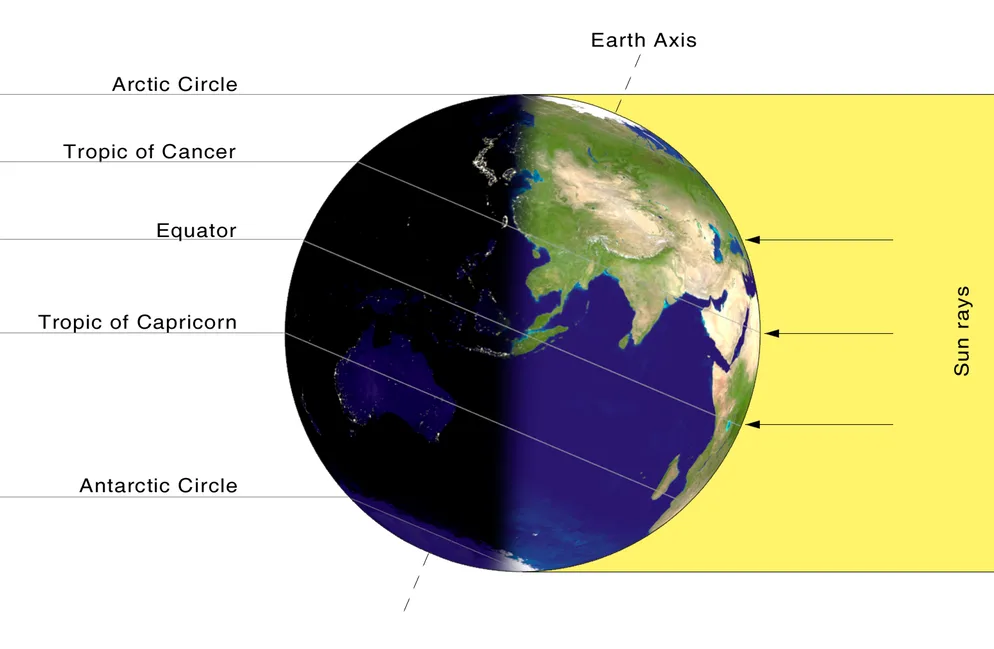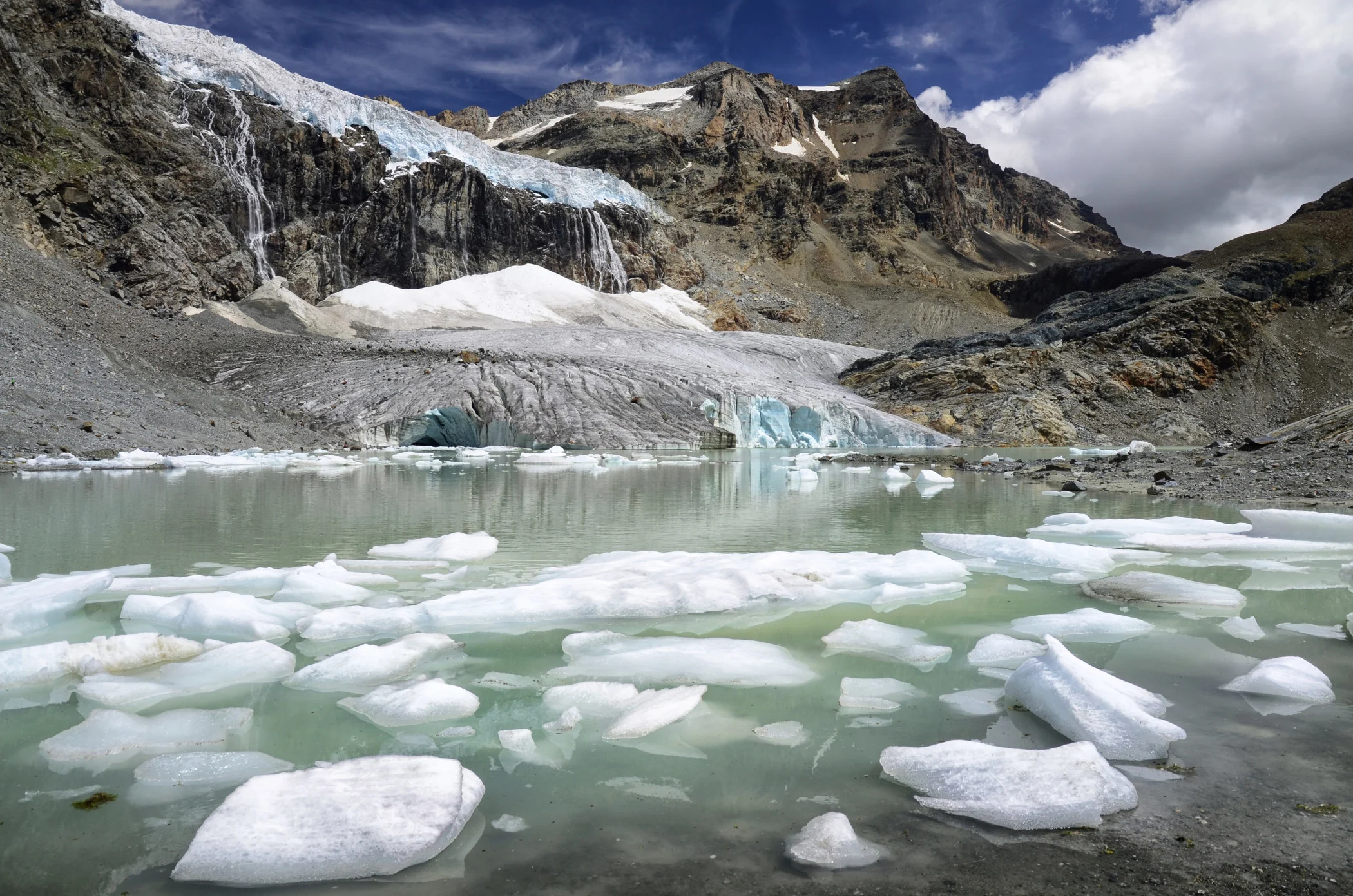
Melting ice shifted the Earth's axis, scientists discover
Disappearing ice in polar regions, as well as pumping groundwater, were cited as the main contributors to the shifting axis.
The massive melting of the world’s glaciers due to global warming shifted the North and South poles in the mid-1990s and altered the Earth’s axis, scientists report in a new study published in Geophysical Research Letters.
“This is both remarkable and expected,” said scientist Peter Gleick, president-emeritus of the Pacific Institute and expert on hydrology and climate change. “We’re fundamentally changing the climate, now we’re having an impact on how the Earth spins,” said Gleick to The Weather Network, who was not involved in the study.
Similar to how the magnetic poles migrate, the locations of Earth's geographic poles are not static. For decades, the North pole had been slowly drifting southward when in 1995 the drift suddenly shifted eastward. The speed of this drift also accelerated between 1995 to 2020 by about 17 times from the previous average speed — from less than 1 cm to 10 cm per year.

Earth’s axis is tilted at an angle of 23.5 degrees. Earth has seasons because different parts of the planet are exposed directly to the Sun throughout the year. Credit: Przemyslaw "Blueshade" Idzkiewicz/ NASA
“The faster ice melting under global warming was the most likely cause of the directional change of the polar drift in the 1990s,” said study lead author Shanshan Deng, a doctoral student at the Institute of Geographic Sciences and Natural Resources Research at the Chinese Academy of Sciences.
The Earth’s axis is an invisible line around which it rotates or spins, turning once every 24 hours, like a perpetually spinning top. If the weight of a top is moved around, the spinning top would start to lean and wobble as its rotational axis changes, Vincent Humphrey, a climate scientist at the University of Zurich, explained to The Weather Network.
The same thing happens to the Earth when the massive weight of glacial ice in Greenland, Alaska, the Southern Andes, and elsewhere shift as their meltwater drains into the oceans. Winds, ocean currents, changes in the ocean floor, and fluctuations in atmospheric pressure are also factors that contribute to the motion of the Earth’s axis.

Melting glacial ice in Switzerland. Credit: Andrea Toffaletti. 500px. Getty Images
The change to the Earth’s axis isn’t large enough that it would affect daily life, notes Humphrey. It could change the length of day we experience, but only by milliseconds, he said.
This polar drift due to glacier ice melt was the subject of a 2013 study that examined satellite observations of the Earth’s gravity field, Humphrey noted. However, this new study reveals the poles had already begun to shift much earlier in the 1990s.
The melting of ice in the polar regions is the main driver of polar drift, with contributions from ice melting in nonpolar regions including the Caucasus and the Middle East.
In addition, the pumping of groundwater, and resulting large changes in water mass in areas like California, northern Texas, the region around Beijing and northern India, also played a role in this global water shift from land to the oceans, the study reported.
The study concludes that together, all this water movement explained the eastward change and acceleration in polar drift.
Thumbnail credit: Nastco. iStock/ Getty Images.






